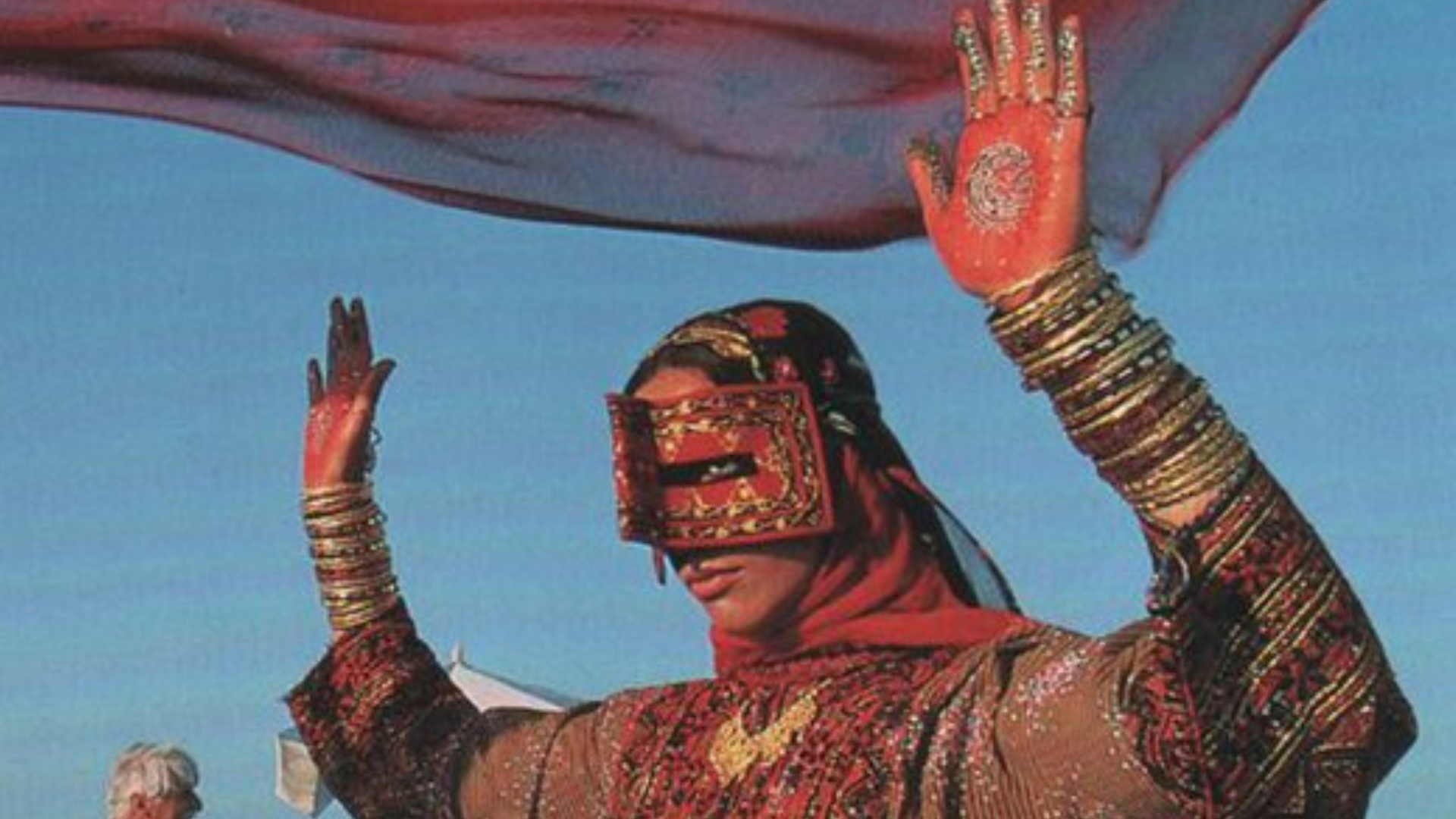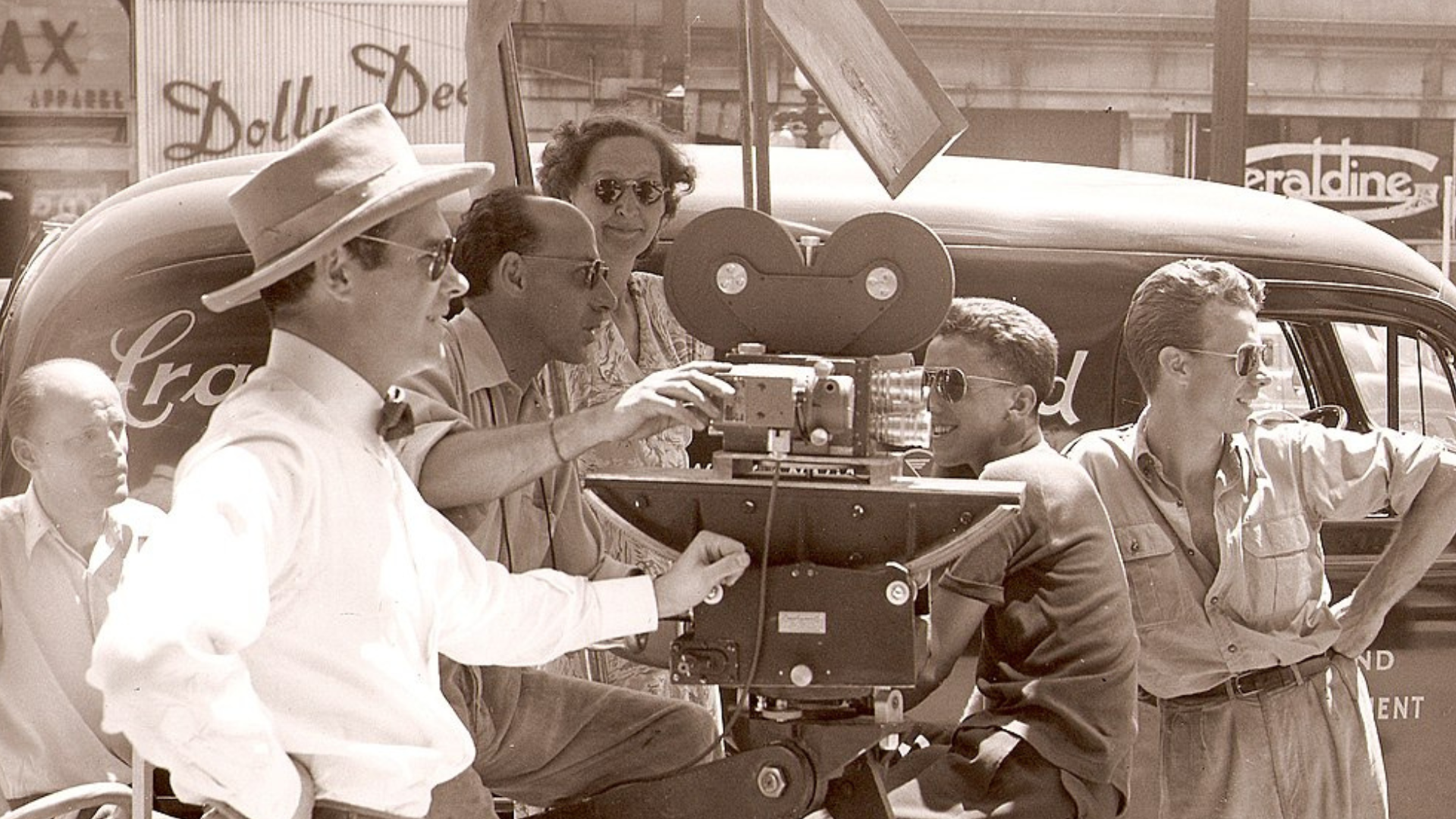
Cinema: Introduction of Color and Sound
Part II
Maola Bakhsh Raisi
The author is passionate about the cinema and in this article, he writes about how color and sound were introduced to cinema.The piece was originally written in Baluchi.
Color in Cinema
Although color entered the realm of cinema before sound, one wants to bring forward the various color effects that had been used in film since the invention of the medium. In the beginning, black-and-white were used to photograph and project two or more component images through different color filters. Later, subtractive color processes were introduced. These also used black-and-white film to photograph multiple color-filtered source images, but the final product was a multicolored print that did not require special projection equipment.
Color reproduction in the two-color “Technicolor” process was sufficient at first, but, because only two of the three primary colors were used, it was still not completely lifelike. Soon, Technicolor replaced it with a three-color system that employed the same basic principles but included all three primary colors.
Slowly and surely almost every color film made was produced by using Technicolor’s three color system. In the beginning, films were colored frame by frame. The filmmaker Georges Méliès made many of his colored films using the same technique. His most famous film, A trip to the moon was released both in black and white and in color, printed in hand.
In 1913, the black and white version survived Georges Méliès’ act of folly, when he attempted to burn his collection of film negatives. The color version was considered definitively damaged. In 1990s following a film exchange with the Filmoteca de Catalunya, Lobster Films received the damaged color print and began the tedious task of peeling off and unrolling the nitrate prints to be able to digitize them. It took two years to extract the images fragments. Now, the colored print is also the part of my collection, and is available on YouTube for film enthusiasts.
In the mid-1900s, as films began to approach a single reel length, and more prints of each film were sold, mechanized stenciling processes were introduced. A stencil was cut for each color and aligned with the print; color was then applied through the stencil frame by frame at high speeds.
During the 1910s, frame-by-frame stenciling was replaced by mechanized tinting and toning. Tinting colored all the light areas of a picture and was achieved by immersing a black-and-white print in dye or by using colored film base for printing. The toning process involved chemically treating film emulsion to color the dark areas of the print. Each process produced monochrome images, the color of which was usually chosen to correspond to the mood or setting of the scene. Occasionally, the two processes were combined to produce elaborate two-color effects. The Kodak introduced its own system of pre-tinted black-and-white film stocks called Sonochrome in 1929. The Sonochrome line featured films tinted in seventeen different colors.
Photographic color can be produced in films by using either an additive process or a subtractive one. The first systems to be developed and used were all additive ones, such as Charles Urban’s Kinemacolor (c. 1906) and Gaumont’s Chronochrome (c. 1912). They achieved varying degrees of popularity, but none was entirely successful, largely because all additive systems involve the use of both special cameras and projectors, which ultimately made them too complicated and costly for widespread industrial use.
One of the first successful subtractive processes was a two-color one introduced by Herbert Kalmus’s Technicolor Corporation in 1922. It used a special camera and a complex procedure to produce two separate positive prints that were then cemented together into a single print. The final print needed careful handling but could be projected by means of ordinary equipment. This “cemented positive” process was used successfully in such features as Toll of the Sea (1922) and Fairbanks’s The Black Pirate (1926). In 1928 Technicolor introduced an improved process in which two gelatin positives were used as relief matrices to “print” colour onto a single strip of film.
As we know, first there was silent film and then there was sound. But that is not the whole story. Before films had spoken dialogue they still made themselves heard through inter titles and musical accompaniment. The key obstacle of audience perception of silent movies, however, was the technological difficulty of matching sound and visuals in such a way that everyone in the audience could hear. In other words, the problems were synchronization and amplification.
A sound film is a motion picture with synchronized sound, or sound technologically coupled to image, as opposed to a silent film. The first known public exhibition of projected sound films took place in Paris in 1900, but decades passed before sound motion pictures were made commercially practical. Reliable synchronization was difficult to achieve with the early sound-on-disc systems, and amplification and recording quality were also inadequate. Innovations in sound-on-film led to the first commercial screening of short motion pictures using the technology, which took place in 1923. It was made possible with the efforts of Thomas Edison’s device kinetophone through bringing together both kinetoscope and gramophone.
The primary steps in the commercialization of sound cinema started in the mid-to-late 1920s. At first, the sound films included synchronized dialogue, known as “talking pictures”, or “talkies”. They were exclusively shorts. The earliest feature-length movies with recorded sound included only music and effects. The first feature film originally presented as a talkie was The Jazz Singer, which premiered in October, 1927. Sound-on-film soon become the standard for talking pictures. In India, Alam Ara released in 1931 was India’s first full length sound film. The first Iranian talkie was the Dokhtare Lor (The Lor Girl) which was released in 1933. It was directed by Ardeshir Irani and interestingly enough, it was made in Mumbai, then known as Bombay.

